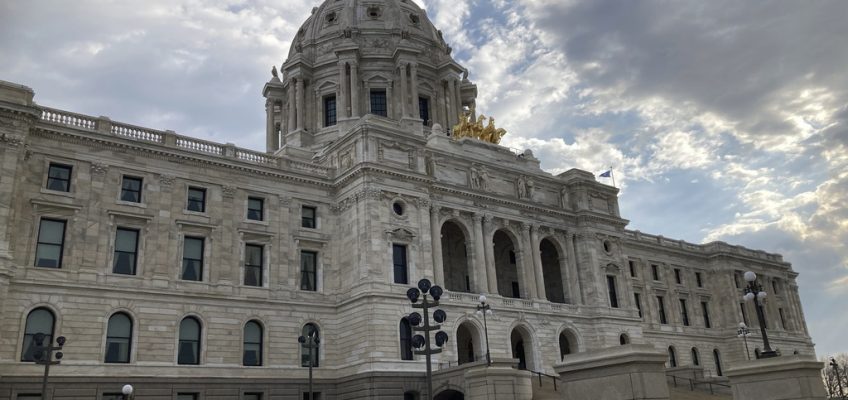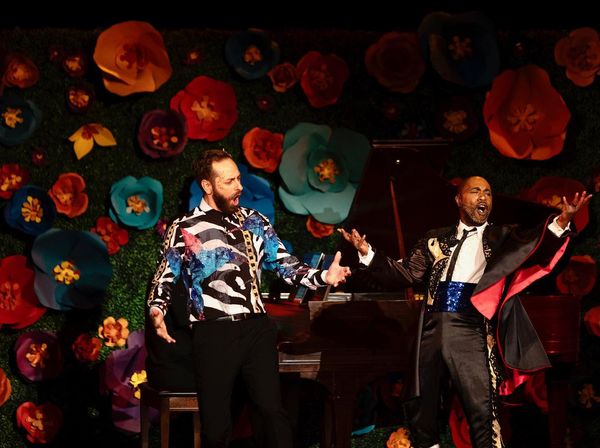BOSTON — After nearly emptying out the bullpen on Friday night, using seven of eight relievers to secure a 12-inning win, the Twins get to give their relievers’ tired arms an extra day of rest before returning to work.
With steady rain falling in Boston all day, the second game of the Twins’ three-game series in Boston was postponed, called off about 20 minutes after it had been scheduled to start. The two teams are scheduled to play a doubleheader on Sunday, with the first game starting at 11:35 a.m. and the second at 4:35 p.m.
Pablo López, who was scheduled to start on Saturday, will take the ball for the first game of the doubleheader with Zebby Matthews starting the second game.
After the doubleheader, the Twins return home and will have Monday off, meaning the bullpen should get somewhat of a mini-break. The Twins used multiple pitchers on Friday who had been told they would only be used in case of emergency, manager Rocco Baldelli said, and the extra-inning game qualified.
As a result, the Twins called down for a fresh arm, optioning Ronny Henriquez to Triple-A on Saturday and calling up Brent Headrick, who spent most of the season on the Triple-A injured list with an arm injury.
“He’s healthy now. He’s gotten himself right,” Baldelli said. “It took a little while to get everything straightened out and feeling good, but we think Brent’s in a really good spot right now.”
Castro makes history
There have been tens of thousands of Major League Baseball players spanning more than a century. But only one can claim this: When he shifted from second to third base in the 11th inning on Friday night, Willi Castro became the first player in history to play 25 games at five different defensive positions in a single season, a testament to his versatility.
“It means a lot,” Castro said. “Obviously you don’t think about records like that. You just come here to play ball, but it feels good. It feels really special to know I’m in history.”
Castro knew he was close but thought he still had a few more games to reach the milestone. He found out after the game on social media that he was part of history.
The all-star has seen a majority of his playing time — 56 games — at shortstop, filling in there primarily while Carlos Correa was on the injured list, first with an oblique strain and then with plantar fasciitis. He’s made 39 appearances at second base and 29 each in left and center field while reaching 25 at third base on Friday.
His versatility has certainly made life easier on Baldelli and the coaching staff, who have way more options and flexibility to make the in-game moves they want to make because of Castro.
“He’s done a great job. I always say he’s earned all of his opportunities through working his tail off, playing well,” Baldelli said. “He came in this year as someone that we knew was going to move around the field from the very beginning of the year. Was I anticipating him setting a major league record? No, I wasn’t even thinking anything like that, but I was thinking he was going to play all over the place.”
Castro considers shortstop, which was his primary position in the minor leagues, and center field as his two favorites. Second base, he thinks, is his best position. He doesn’t have a least favorite, he said.
“(I’m) really proud because I came last year and I wasn’t playing a lot, even though I made the team,” Castro said. “Now, I have a place every day, so I really enjoy every time Rocco puts me in there. The mentality that I have is to go out there and do little things to make us win the game.”




